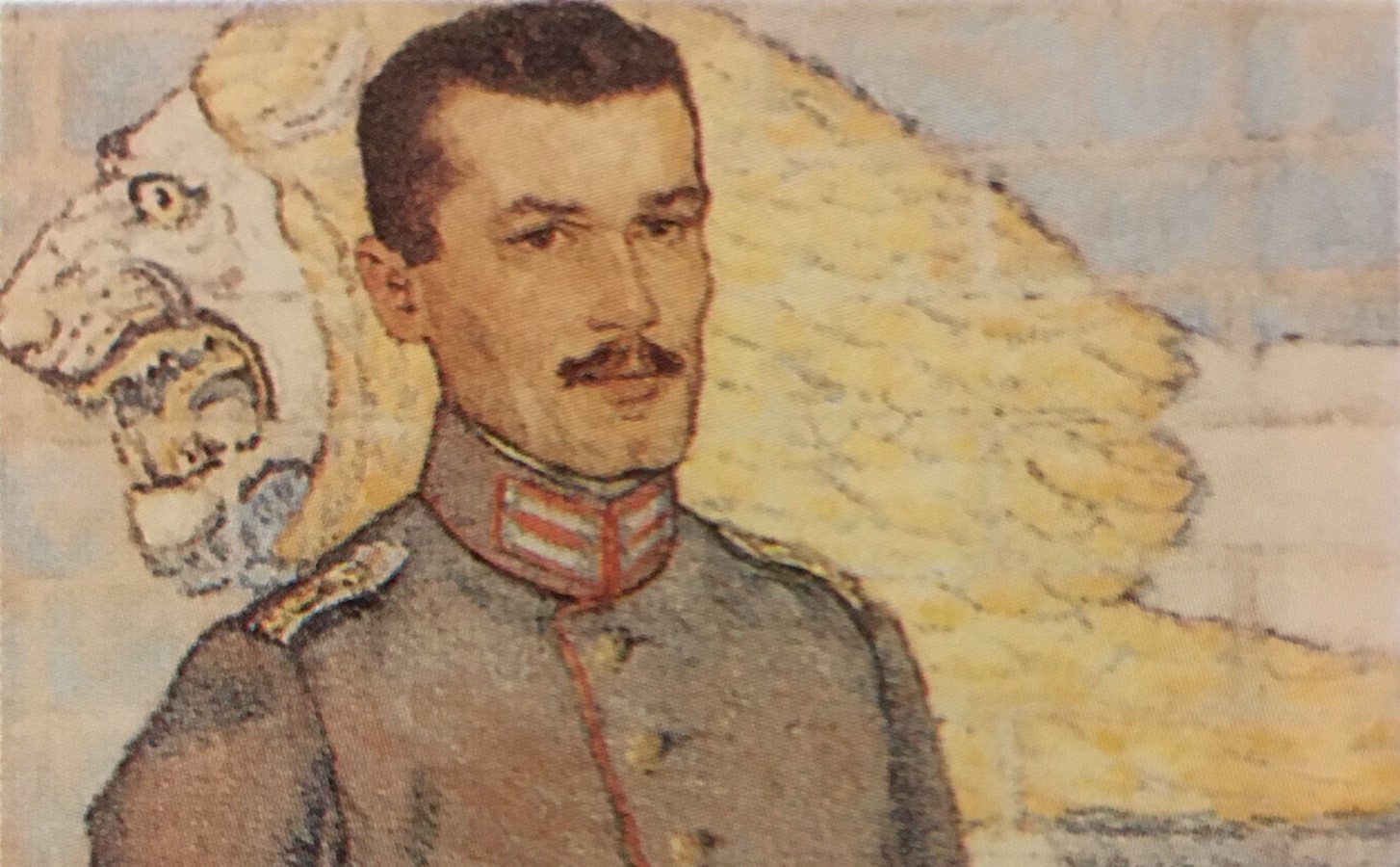He has given great service in the field of museology: Who is Walter Andrae?
He made very important contributions to Mesopotamian archeology.

(1875-1956) German architect, archaeologist, and museum curator. He contributed to Mesopotamian archeology. Born February 18, 1875, in Leipzig, died July 28, 1956, in Berlin. His father was a high-rise consultant. After high school, he studied architecture and engineering at the Dresden Higher Technical School. Andrae was a young 23-year-old expert with a solid architectural education when Koldewey called him to the Babylon team in 1899. With this team, Babylon between 1899-1903, Fara and Abu Hatab between 1902-1903; He excavated in the cities of Hatra and Kar-Tikultu Ninurta. Between 1903 and 1914 he directed the German excavations in Assyria. He applied the most advanced techniques of the period in these excavations. It enabled the remains to be identified with all detailed information, without removing them from their environment. He dated the layers. Parallel to these studies, he explored the whole of Mesopotamia and made study trips in Egypt, Asia Minor, and India, between the Indus and Ganges rivers. Andrae, who fought in France and on the eastern front in World War I, became Director of the Former Asiatic Section of the Berlin Museum in 1921. During these years, the publication of the results of the German excavations accelerated his work. His publications opened new horizons to Mesopotamian archeology, linguistics, and construction techniques. In his publications, he introduced the excavation finds with all their richness by eliminating the limitations of photographic identification possibilities of his period with strong patterns and watercolors. He commented on the finds. He made reconstruction attempts for many structures; The proposals put forward in this regard are still valid today.
In 1928, he was appointed director of the Front Asia Department of the Berlin Museum. It enabled the Pre-Asian Department, which was in a cramped situation in the basement of the museum until that day, to allocate a distinguished place in the new structure of the Berlin Museum; He planned and built it. Thus, he succeeded in unearthing the excavated finds in the halls of the Pre-Asian Section. He revived the Babylonian Ishtar Gate and the ceremonial path, the front courtyard facade of the Assyrian Parthian Palace. The city of Zincirli rebuilt the castle gate according to its original criteria. He reconstructed the mosaic-decorated façade by assembling scattered Uruk finds.
Andrae has given great service in the field of museology with these works.
Andrae continued his publishing work in these years as well. His articles appeared in the annals of the Berlin Museum, and in the journals Mittei-lungen der Deutschen Orient-Gesellschaft and Zeitschrift für Assyriologie. Die Wobnbaeuser (“Houses”), his work on the Assyrian excavations between 1953 and 1956; Graeber und Grufte (“Family Graves”); Die Palaste (“Palaces”); It was published in four volumes under the titles Die Heiligtümer des Gottes Assur und der Sin-Shamos Tempel (“The Temple of the Assyrian God and the Sin-Shamos Temple”). Because of all these works, the names Andrae and Assyria are mentioned together. In 1923, he became a professor of building history at the Technical University of Berlin and held this position until his retirement in 1951. For his success in this position, he was elected Honorary Senator of the Technical University of Berlin and was awarded the German Republic's Medal of Merit. An indispensable adviser to German teams working in Asia Minor after World War I, Andrae worked on the central board of the German Archaeological Institute until his death. In 1926, he founded the Koldetvey Association, an institution researching the history of construction, and served as its director for four years. He directed the German East Association.
Andrae has left permanent traces in the field of Mesopotamian, especially Assyrian archeology, both with his excavations and publications.
